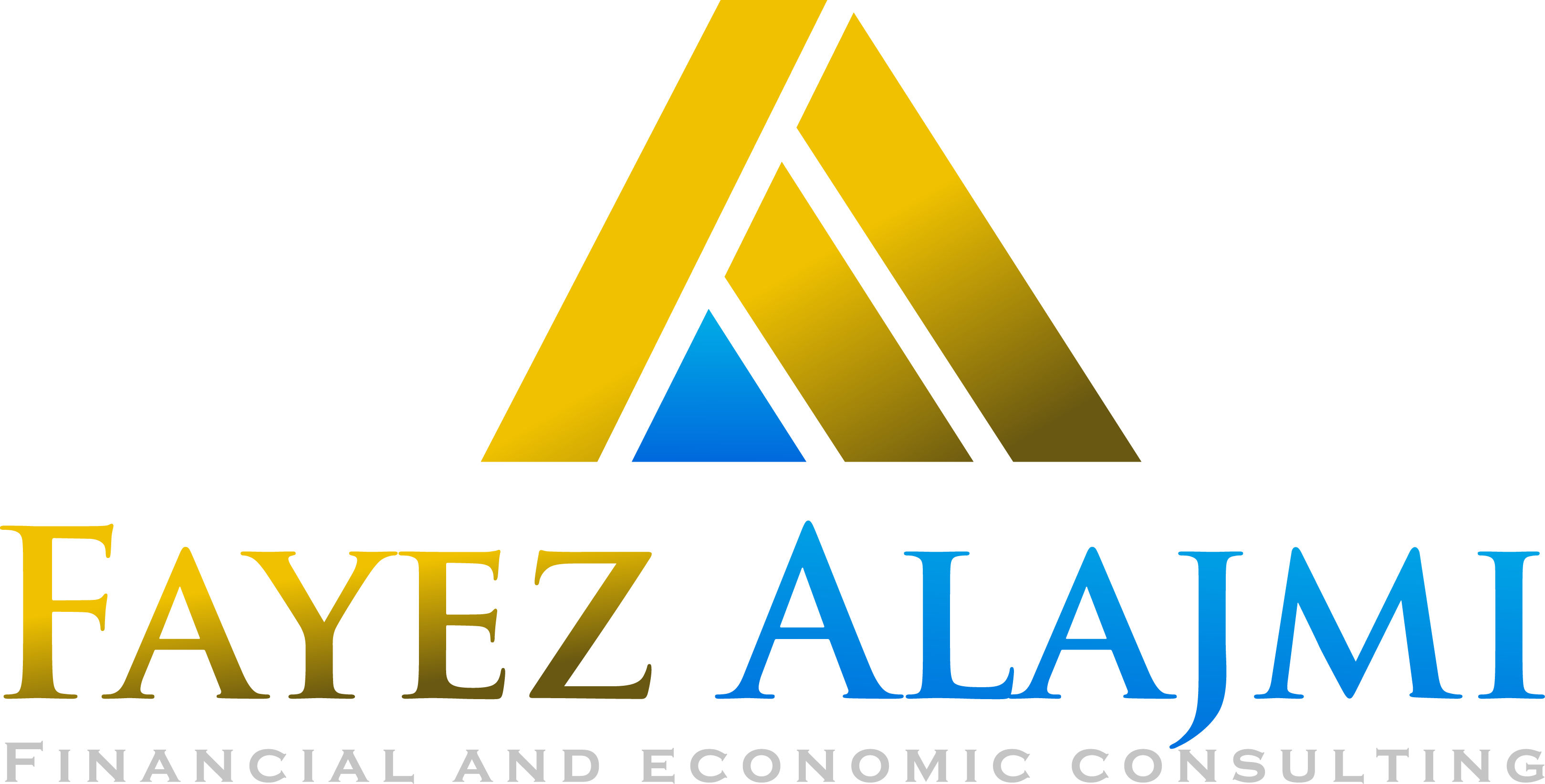
 24 January، 2023
24 January، 2023
 ابحاث السوق
ابحاث السوق
 Views
: 376
Views
: 376

The euro tested 1.0900 levels during the Asian session this morning, Tuesday, a level that dates back to before the Russian-Ukrainian war, benefiting primarily from the declines of the US dollar, as the general index of the US dollar is trading at its lowest level since May of last year.
The statements of European Central Bank President Christine Lagarde and a number of monetary policy makers in the central bank supported the euro’s rises, as Christine Lagarde indicated in her statements yesterday, Monday, that the European Central Bank will continue to raise interest quickly to slow inflation and return it to the bank’s target of 2%.
These statements are the last in a series of statements by the Bank’s members, which believe that raising the interest rate by 50 basis points at the Bank’s meeting next week is the closest. Inflation rates in the eurozone decreased from their peak levels in October of last year at 10.6%, to record 10% and 9.2% in November and December, respectively.
The markets believe that the interest levels in the euro area may reach 3.25-3.50% by the middle of the year, which means another rate hike in March.
On the other hand, figures issued this morning showed an increase in the PMI in the services sector to 50.7 points in January, its highest level in six months, compared to 49.8 in December, supported by the rise in the index in Germany to 50.4 from 49.2, despite the decline in the index in France. to 49.2.
Expectations to raise interest rates by 50 basis points in February and the same in March from the European Central Bank, in exchange for a rate hike of 25 basis points by the US Federal Reserve in February, and the same rate in March may support the continuation of the euro’s gains in the coming period in the medium term.